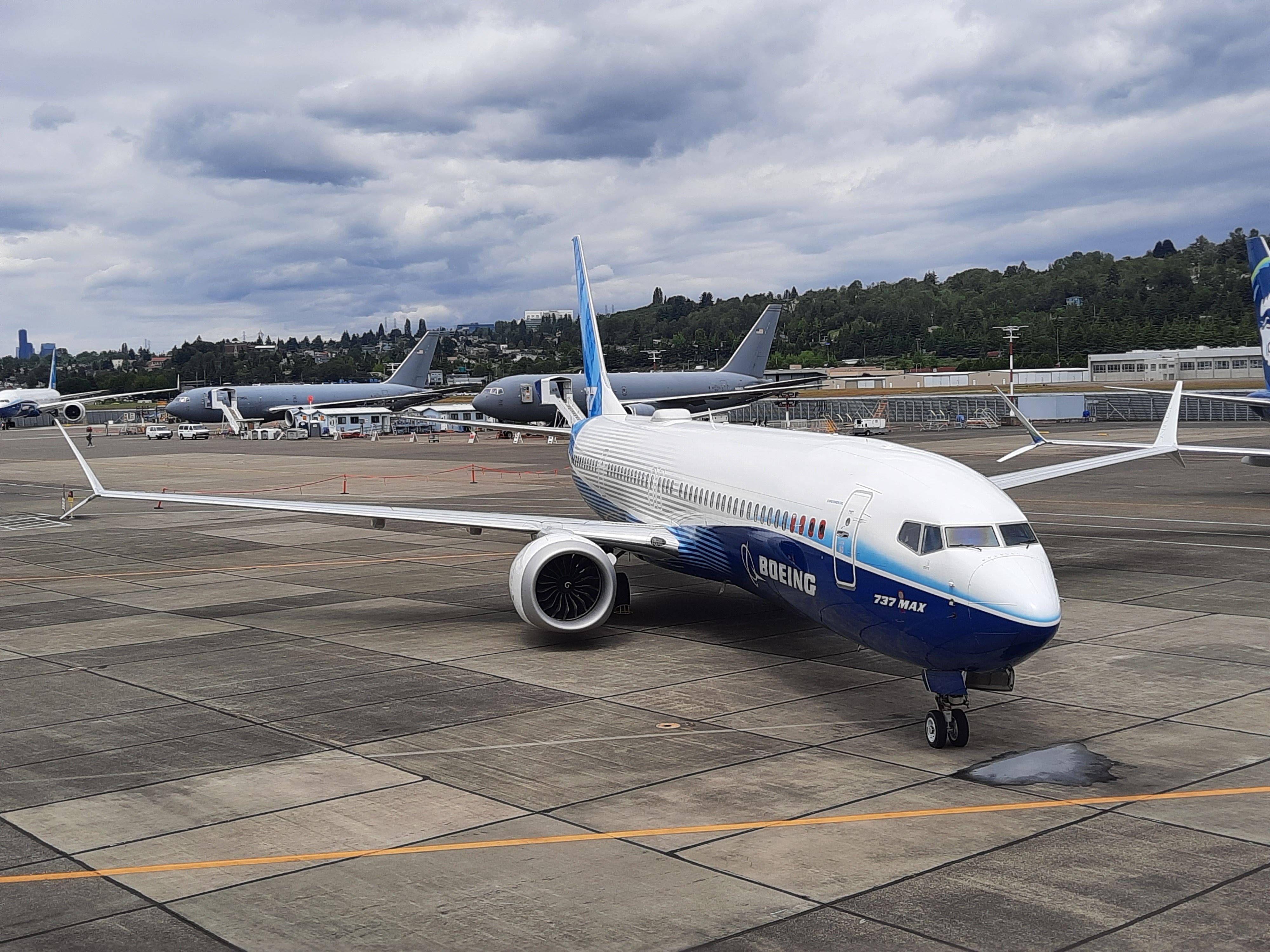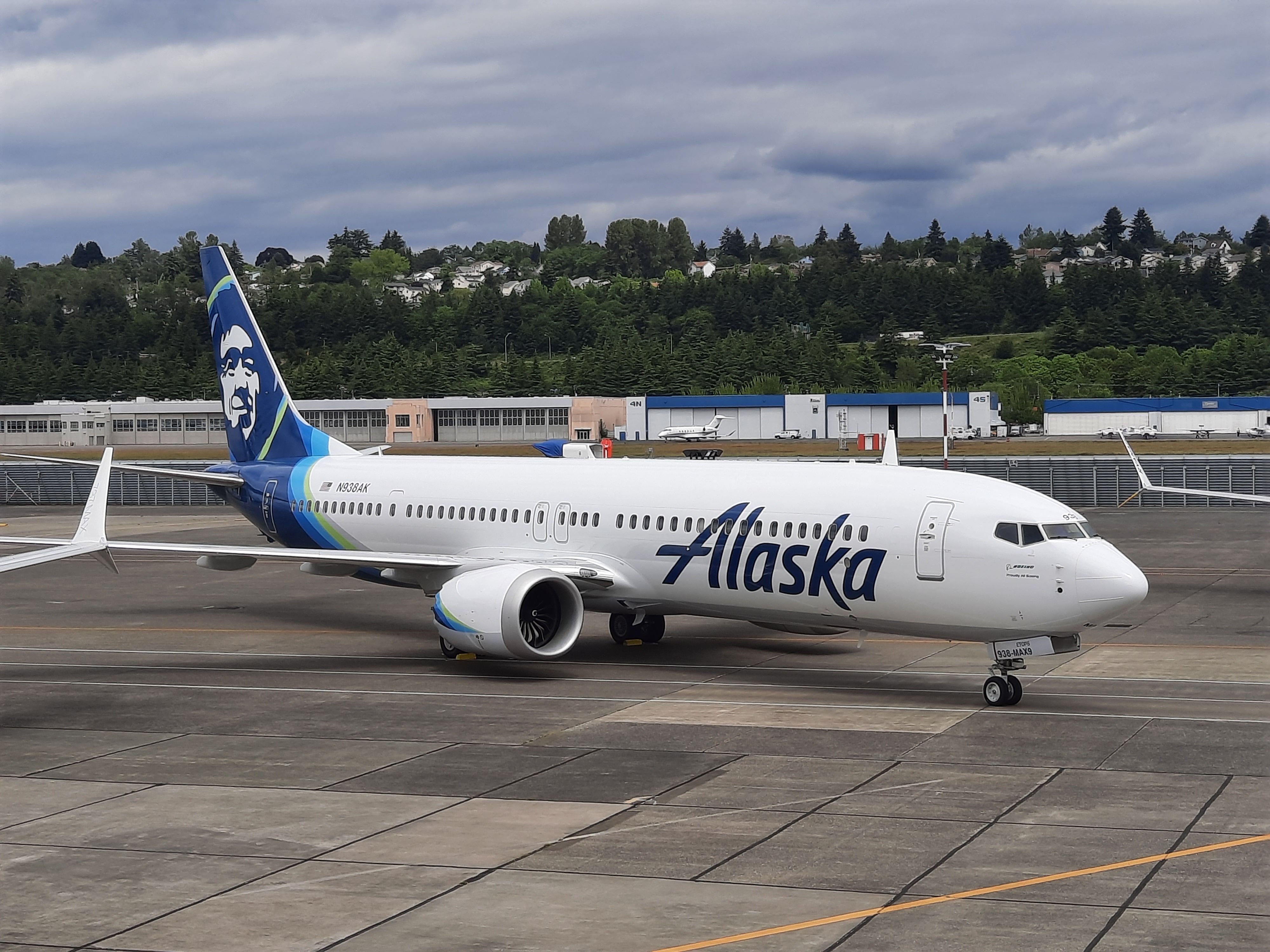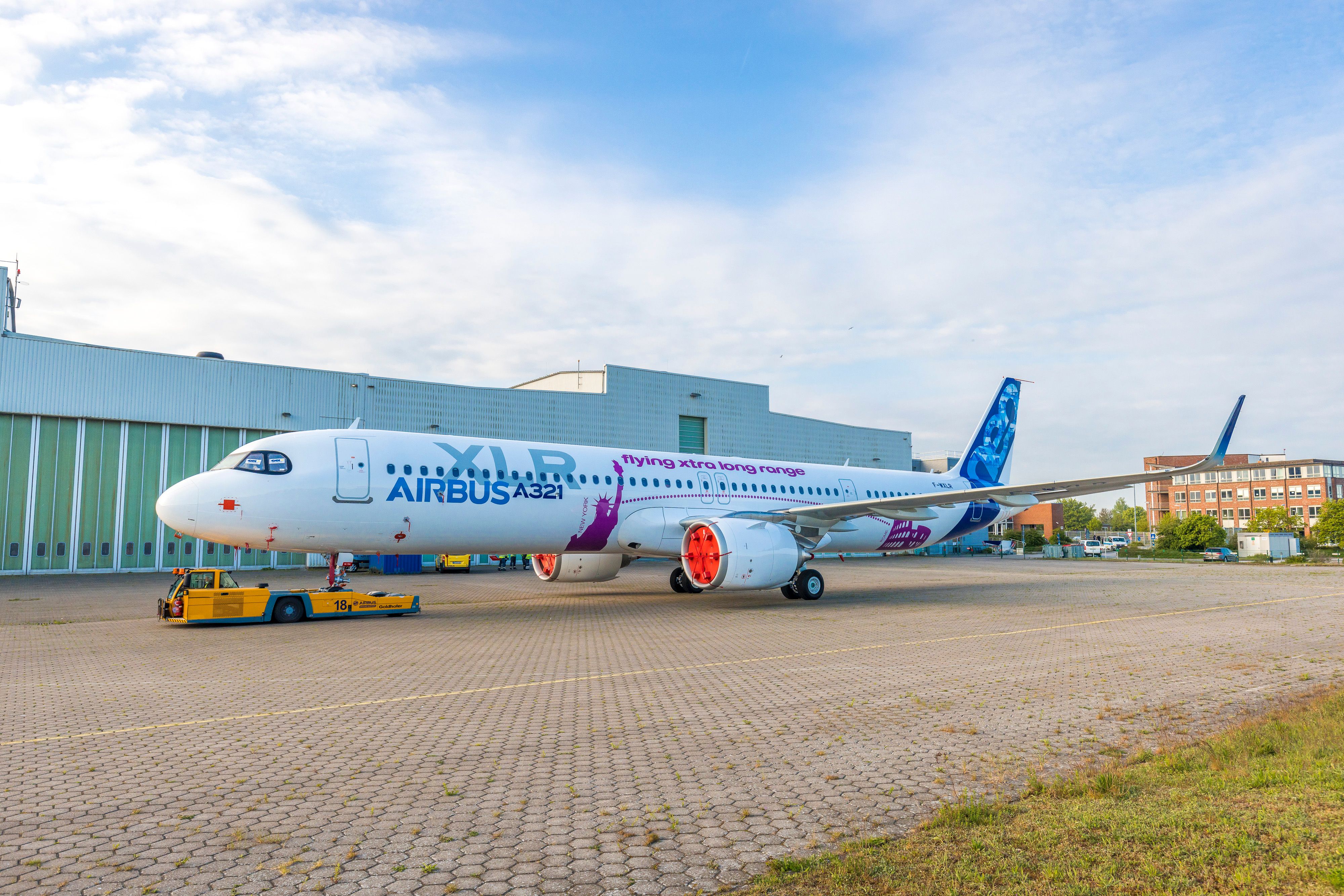At present, two of Boeing's four 737 MAX family variants are commercially active, namely the MAX 8 and the MAX 9. This leaves the short-fuselage MAX 7 and the stretched MAX 10 waiting on the sidelines for the time being. However, Boeing is confident that the latter will find its niche, given its projected narrowbody trends.
Undelivered aircraft have a different make-up
According to data shared in a presentation made by Boeing last week, around a fifth of the present narrowbody market is made up of what it classifies as large single-aisle aircraft. This category typically covers the likes of the US manufacturer's MAX 9 and MAX 10 variants, as well as their European rival, the Airbus A321neo series.
However, when you take a look at the nature of the worldwide backlog of undelivered single-aisle aircraft, a different picture appears, with the proportion of large narrowbodies doubling. Regarding this gradual transition, Darren Hulst, Boeing's Vice Preseident of Commercial marketing, explained last week that:
"When we think about the installed fleet that exists today, 80% of the fleet are small and medium-sized single-aisle aircraft. In the backlog, there was, and continues to be, a slow migration to slightly larger aircraft types. The backlog was about 60:40 [small/medium vs large narrowbodies] at the end of last year."
Stay informed: Sign up for our daily and weekly aviation news digests.
Times are changing
Boeing's projections assert that the longer-term result of this shift in make-up, as far as the backlog of undelivered narrowbodies is concerned, will be rather evident. While the worldwide fleet won't have the 40% of large narrowbodies that the backlog has, the US manufacturer still believes that, in 20 years, this figure will be as high as 35%. Examining this market shift, Hulst states that:
"Our long-term outlook is still somewhere in the neighborhood of the backlog. I would say [it will be] slightly higher towards the mid-size of the market as airlines look to replace smaller and mid-size aircraft."
Boeing is well-suited to the larger narrowbody market
Boeing's Vice President of Commercial Marketing went on to add that "the heart of the market is around 180-200 seats." This is an area in which Boeing is well-positioned, given that its MAX 9 and 10 models fit this specification, as well as high-density MAX 8 configurations. As for Airbus, the European manufacturer's A321neo falls under this umbrella, as well as higher-density A320neos.
The airline industry is always full of new developments! What aviation news will you check out next?
Hulst notes that the 180/200-seat segment happens to be "where [Boeing's] aircraft have more seats, lower cost per seat, and ultimately more range flexibility in that face of the market." With this being the case, the company will certainly hope that its projections about this area of the single-aisle market prove to be correct.
This certainly seems to be the case in the shorter term, with the MAX 9 already in service and the MAX 10 having sold well despite not yet being a revenue-earning aircraft. Touching on their commercial success, Hulst concluded that:
"As you've seen from orders from some of our customers around the world, the value of the MAX 9 and 10 to leverage even more growth and capacity brings even more value to that family that exists today."




